6 things not to miss at Hong Kong's M+ museum

Since it opened in 2021, the M+ museum has cemented its status as a world-class arts venue in the heart of Hong Kong’s West Kowloon Cultural District, with buzzy blockbuster shows of cultural icons such as Yayoi Kusama and IM Pei. You could easily spend hours exploring the sprawling museum’s exhibitions, which are spread out across a 65,000 square-metre building. Not sure where to begin? Here’s our guide to the must-see spaces and artworks.

Credit: Kevin Mak
1. See Hong Kong’s neon signs, saved from destruction
The museum’s experience begins even before you’ve stepped inside. Just across from the main entrance are large windows that peer into M+’s conservation gallery, with neon signs collected from around Hong Kong since 2013 on view. Seek out two iconic animals – the cow of Sammy’s Kitchen and the rooster of Kai Kee Mahjong Parlour, for a glimpse into M+’s work in preserving neon signs , both from Hong Kong and across the world.
2. Take in a star of the Sigg Collection
The crown jewel of M+ is the Sigg Collection , which features more than 1,500 works of Chinese contemporary art spanning some four decades, donated to the museum by Swiss collector and diplomat Uli Sigg. Fang Lijun’s mysterious 98.8.25 (1998) is a standout: the piece portrays a bald man – the artist’s signature motif – submerged in water, evoking a sense of loneliness and struggle against greater external forces.
M+ Sigg Collection: Another Story, West Gallery Annex
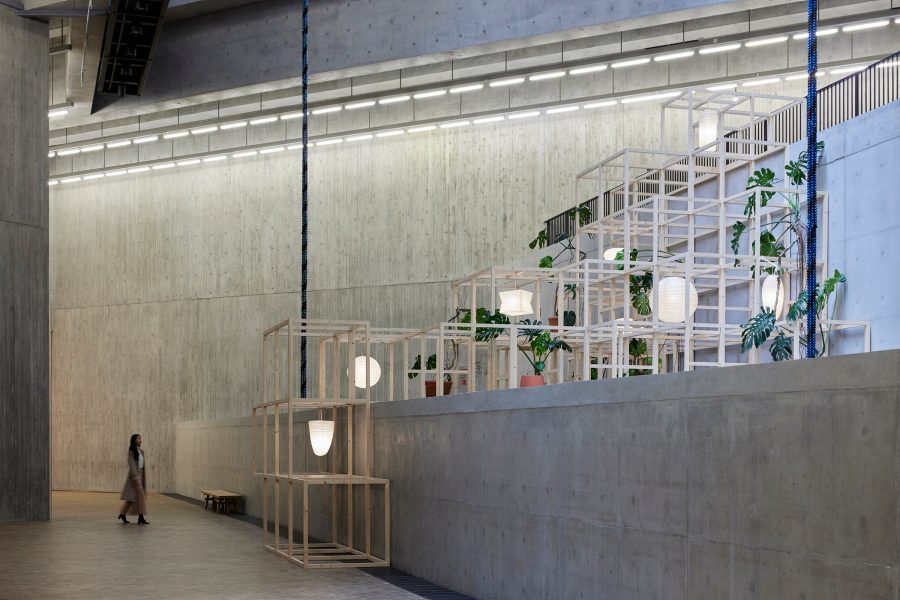
Credit: Danh Vo
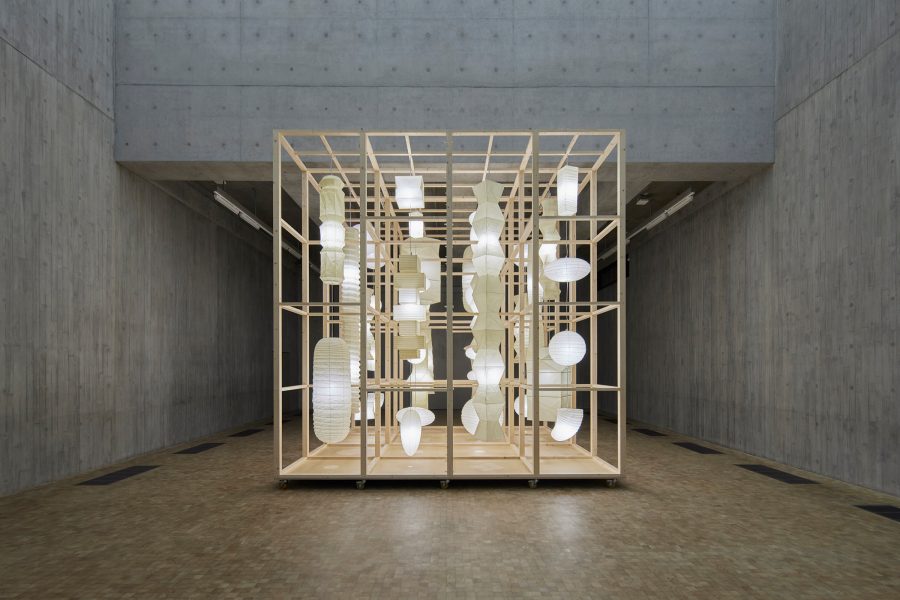
Credit: Danh Vo
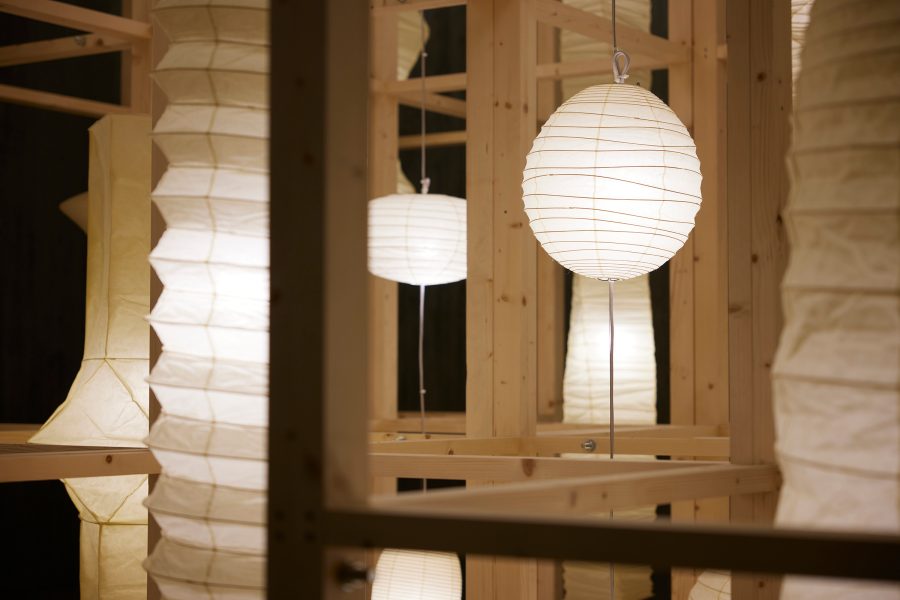
Credit: Danh Vo
3. Explore the cavernous Found Space
Found Space is the raison d’etre for the building of M+, claims Pritzker Prize-winning architecture firm Herzog & de Meuron. Literally a space “found” by excavating the Airport Express tunnels underneath the site, this area anchors the entire museum structure with its use of existing Hong Kong infrastructure. For now, Found Space houses Danh Vo in Situ: Akari by Noguchi, an evolving exhibition featuring Isamu Noguchi’s iconic Akari light sculptures and an array of potted plants within wooden display structures designed by Vo.

4. Check out a multi-million-dollar sushi bar
In 2014, the Kiyotomo Sushi Bar was dismantled piece by piece from its home in Tokyo’s Shinbashi district, placed inside four shipping containers and transported to be reinstalled in its new home, M+. From restaurant to installation, Kiyotomo Sushi Bar (1988) stands as a testament to the ingenuity of Shiro Kuramata, who is considered the most influential Japanese furniture and interior designer of the 20th century. Head inside to see how his signature playfulness balances with restraint – such as in the pairing of bright blues with dark steel – and judge for yourself whether the acquisition price of HK$15 million was worth it.
Things, Spaces, Interactions; East Galleries

Credit: Kevin Mak
5. Get interactive in the Mediatheque
The M+ Collection of more than 250 films and videos awaits here, all available to watch on demand. Search cross-genre works, performances, documentaries and even artist interviews, and watch your clip of choice in a private Viewing Booth with up to six friends. At the Interactive Media Room, you can immerse yourself in virtual reality, digital art and video games with monthly programmes of experimental experiences that take you right into the heart of current innovations – and beyond, to the future of contemporary art.
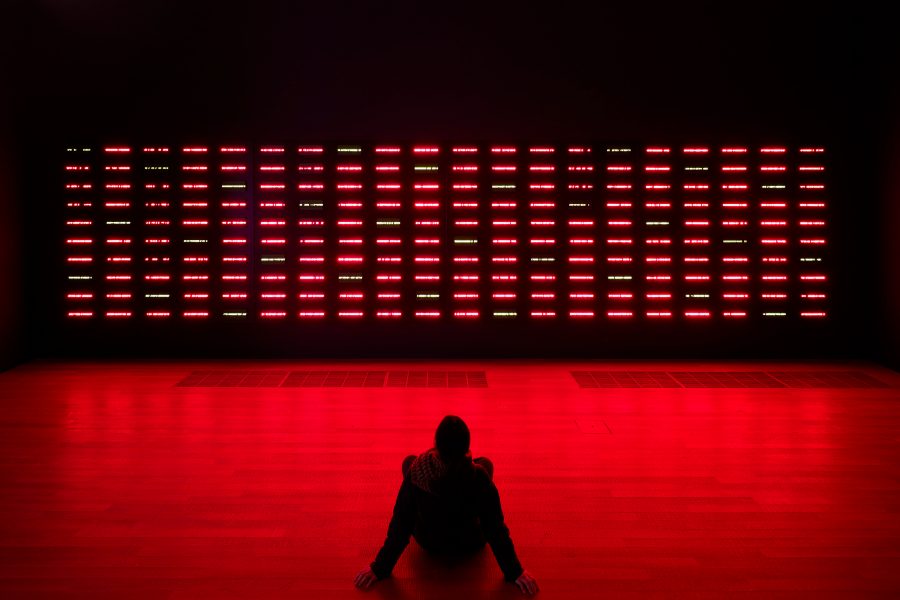
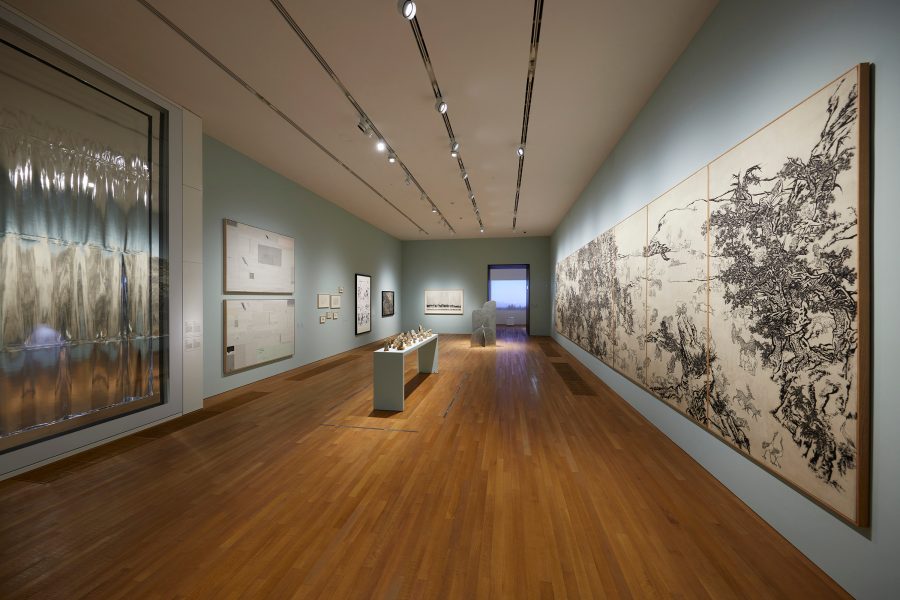
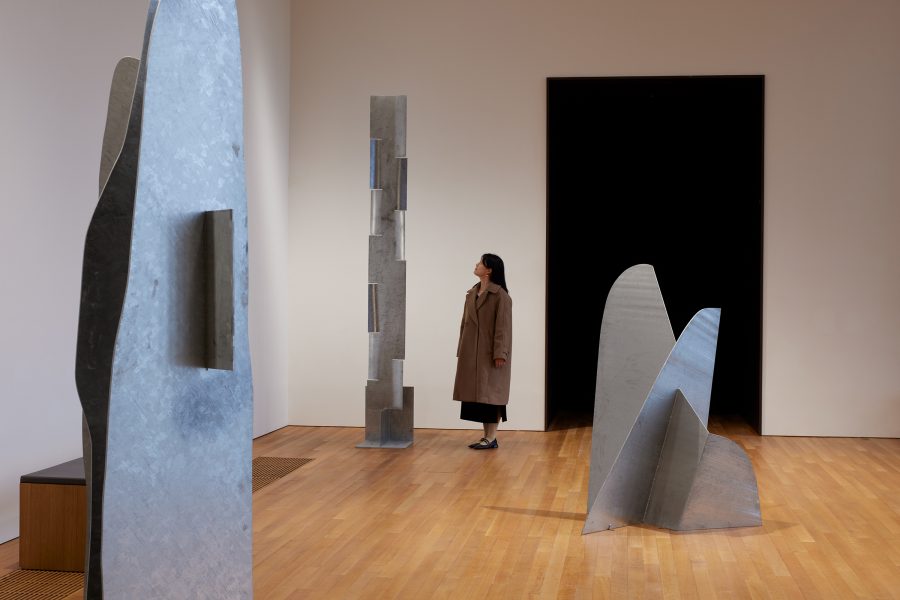
6. Marvel at a 12-metre-wide landscape painting
Yang Jiechang’s Black & White Mustard Seed Garden (Tale of the 11th Day Series) (2009–14) is a sight to behold. The monumental ink landscape references the aesthetics of classical Chinese shanshui painting while simultaneously subverting the genre through irreverent and violent scenes populated by beasts and hybrid creatures. Catch this work and more at Shanshui: Echoes and Signals , an exhibition that examines the style’s legacy and contemporary expressions.
Shanshui: Echoes and Signals, South Galleries
This story was originally published in March 2022 and updated in February 2025.
More inspiration
Hong Kong travel information
- China – the Chinese Mainland, Hong Kong SAR, Macao SAR and Taiwan Region
- Hong Kong SAR - English
- Chinese Mainland (China) - English
- Taiwan China - English
- 香港特別行政區 - 繁體中文
- 中国內地 - 简体中文
- 中國台灣 - 繁體中文
- Africa
- South Africa - English
- Asia
- Bangladesh - English
- Korea - English
- Singapore - English
- Cambodia - English
- 한국 - 한국어
- Sri Lanka - English
- India - English
- Malaysia - English
- Thailand - English
- Indonesia - English
- Maldives - English
- ประเทศไทย - ภาษาไทย
- Indonesia - Bahasa Indonesia
- Myanmar - English
- Vietnam - English
- Japan - English
- Nepal - English
- Việt Nam - tiếng Việt
- 日本 - 日本語
- Philippines - English
- Australasia
- Australia - English
- New Zealand - English





.renditionimage.450.450.jpg)

